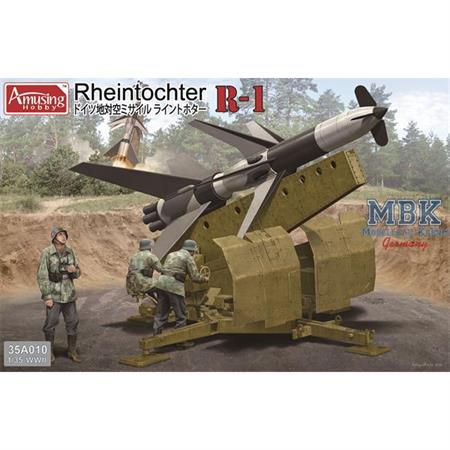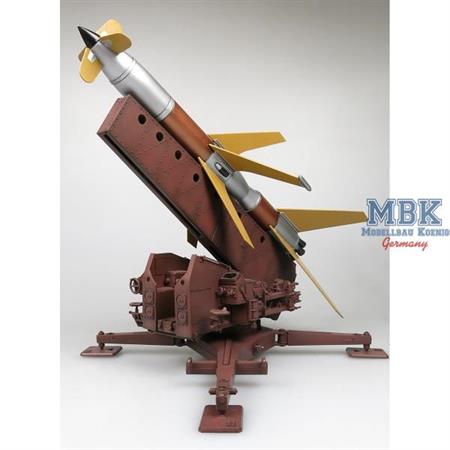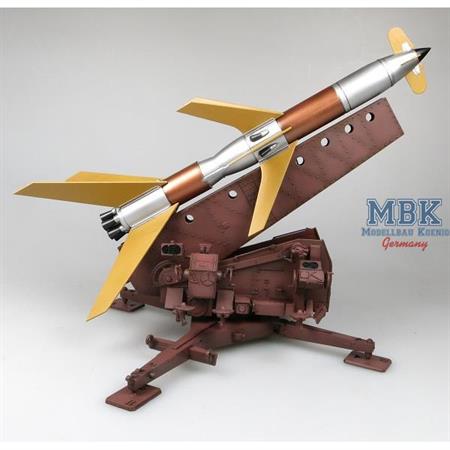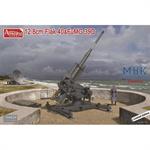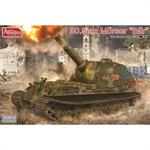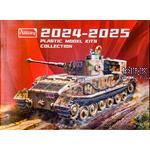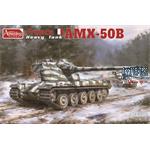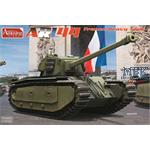
On September 18, 1942, the Reich Air Ministry signed a contract with Rheinmetall to develop a new type of surface-to-air missile.
Dr. Krein was to be the main person in charge of this project.
The new missile was called "Rheintochter" and became another fascinating and unique piece of German rocket history.
In 1943, Rheinmetall developed the R-1 and the improved R-2, which were tested several times but ultimately failed to meet military requirements due to the lack of altitude, and in mid-1944 the new R-3 was introduced.
It dispensed with the two-stage propulsion and was to be equipped with a more powerful liquid rocket engine than the R-1/2 and two additional externally jettisonable booster rockets.
This structure reduces the missile's external dimensions and weight, and further increases flight speed and range.
Wooden wings reduce flight weight while lowering the weapon's manufacturing costs.
The missile body contained 160 kg of high explosive.
The missile can be radio-controlled by the Rheinland radar system after launch.
Due to delays in developing the planned liquid propulsion system, this was eventually replaced by a solid-fuel engine.
This version was designated the R-3p, and its launcher was still a modified Flak 41 8.8 cm anti-aircraft gun.
In six test firings at the end of 1944, the R-3p reached an altitude of 12,000 meters and a top speed of 1300 kilometers per hour.
However, these results did not yet meet the military's requirements.
In February 1945, the project was stopped.
The Germans planned another launch test in March, but the war was drawing to a close, so this ultimately did not happen.
Plastic model kit
- Rheintochter R-1 including launch pad
- Launch pad movable in side and height
unbuilt / unpainted
Paint and glue not included
Schreiben Sie jetzt Ihre persönliche Erfahrung mit diesem Artikel und helfen Sie anderen bei deren Kaufentscheidung
